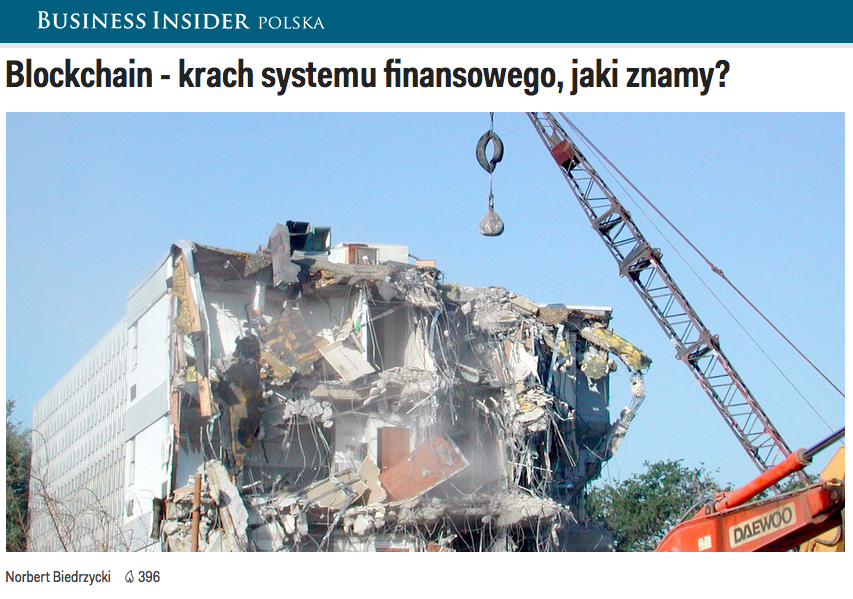My article in BUSINESS INSIDER published 20 January 2017.
The disappearance of cash
Work, transportation, medicine, shopping, entertainment – digital technologies impact all of these and just about every other aspect of our lives. In recent years, people’s approach to physical money has also been changing. Cash is no longer king. Whether we like it or not, a wallet bulging with cash is becoming a thing of the past. Power has passed to electronic transactions, Internet transfers, virtual money transactions, payment cards and virtual wallets. The world is moving ever closer to becoming a cashless society.
However, the growing dominance of commercial chains and the elimination of cash transactions is giving state governments, supervisory institutions and tax authorities the ability to monitor our transaction and purchase histories, as well as to follow our buying preferences, and shopping patterns and habits. They are gaining greater control and eliminating the gray market.
The banking era before the advent of cryptocurrencies
The key pillars of a cashless society are systems, tools, platforms and legal regulations. These make it possible to digitize the circulation of goods, services and money. Despite continuing advances in the level of sophistication of various forms of cashless exchange, the biggest barriers today to a cashless society are the major financial institutions. The reason is simple – modern means of exchange undermine their status. In the future, the importance of today’s major financial institutions may be substantially reduced, or even marginalized.
Link to the full article (in Polish)







